Charcoal burner (Russula cyanoxantha)
Crumbly, tasty and ruddy, the charcoal burner is a favourite with chefs. Find it in oak and beech woodland throughout the UK.
Common name: charcoal burner
Scientific name: Russula cyanoxantha
Family: Russulaceae
Fruiting season: July to November
Habitat: broadleaf woodland
What does charcoal burner fungus look like?
Though the species varies in colour, making identification difficult, charcoal burner has a distinctive brittle texture and in the UK never has a ring. It is its crumbly texture which gives this group of fungi the name of ‘the brittlegills’. The crumbly flesh is made up of lots of spherical cells.
Cap: 5–15cm in diameter, starting out as perfectly spherical but over time becoming convex with a slight central depression. Found in a variety of cap colours, from reddish purple to brown and yellow.
Gills: most pliable area of the fungus, densely packed and sometimes forked.
Stipe (stalk): cylindrical, 1.5–3cm in diameter and 5–10cm tall. Mostly white in colour but can be tinged purple.
Spores: white and oval-shaped.
Not to be confused with: Russula xerampelina, which can have a similar cap colour, but has a distinctive fishy odour. There are approximately 160 species of brittlegills (Russula spp.) in the UK, and they can be difficult to identify.
Uses of charcoal burner fungus
Charcoal burner fungi are edible and are popular in cooking as they have a nutty taste and retain their texture.
The charcoal burner is so named because the caps resemble the colours of burning charcoal, and because they are reminiscent of the ruddy faces of the charcoal burners.
Keep exploring

Foraging in October: which wild mushrooms can you eat?
Helen Keating • 29 Oct 2018
Explore the world of foraging with these top wild fungi picking and cooking tips. Here are five edible fungi that are easy to identify.
Start identifying
Visiting woods
Responsible foraging guidelines
Gather wild food without harming woods or wildlife. Follow our guidelines.
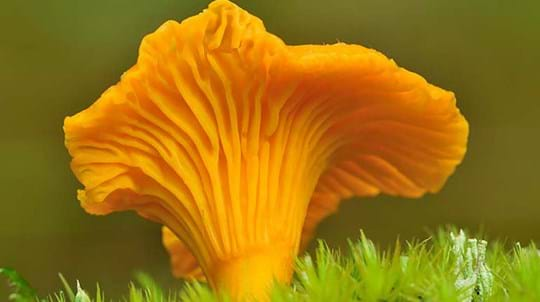
Trees woods and wildlife
Fungi and lichens
A dazzling array of shapes, sizes and colours. Find out about fungi and lichens, from ancient taboos to magic and medicine.
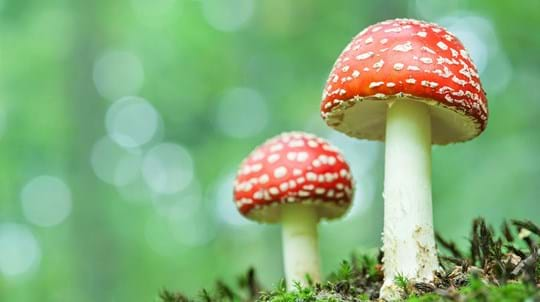
Blog
Types of mushroom in the UK: common identification guide
Helen Keating • 31 Aug 2017
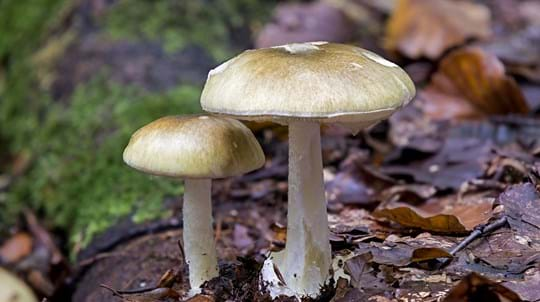
Blog
Poisonous mushrooms: 8 most dangerous UK mushrooms
Hanako Shimada • 19 Feb 2025
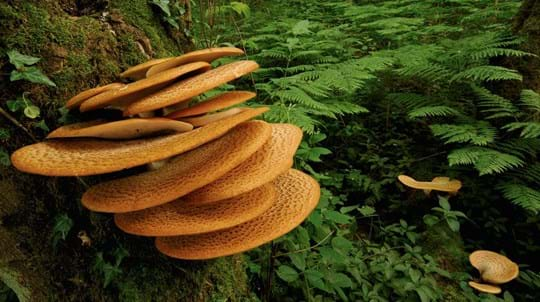
Blog
Bracket fungi identification: 10 common UK species for beginners
Amy Lewis • 21 Oct 2021
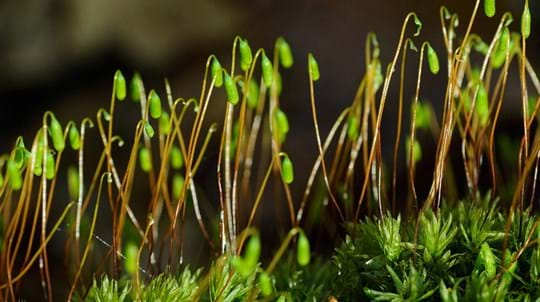
Trees woods and wildlife
Mosses
Ancient and damp, mosses are part of a group of plants known as bryophytes. There are over 1,000 in the UK, and some have global significance.
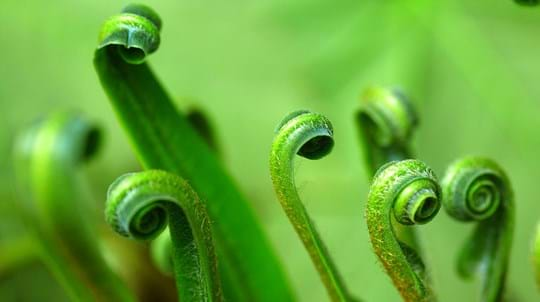
Trees woods and wildlife
Ferns
Lush, ancient and primitive. Find out more about the UK's shade-tolerant woodland ferns.
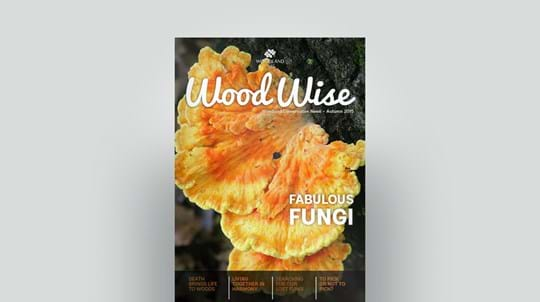
Journal
Wood Wise – fabulous fungi
PDF (1.58 MB)
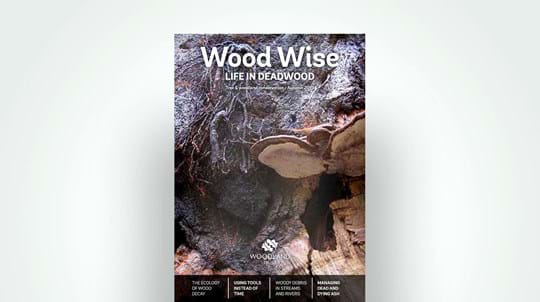
Journal
Wood Wise – life in deadwood
PDF (4.01 MB)



